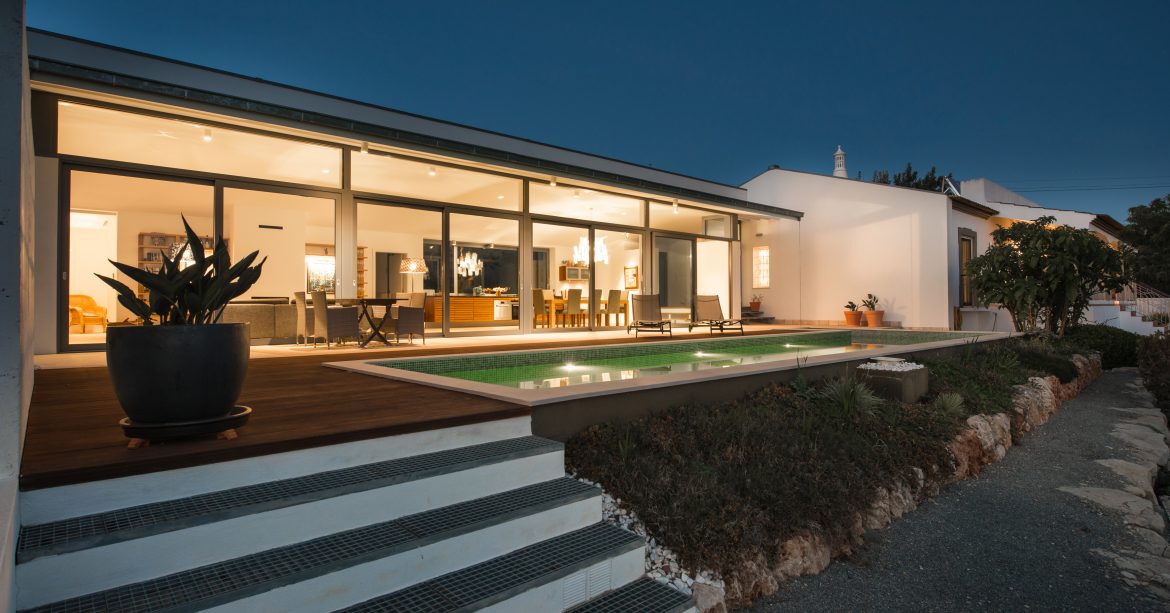Particularly in Portugal, common misperceptions persist, including the view that these standards compromise on aesthetics and affordability.
The basics: What is Passive House?
The term refers to a constructive model that is energy efficient, with low heating and cooling demands. It has a comfortable interior climate, always maintained between 17–24 degrees Celsius, without using traditional heating or cooling systems. This is achieved by balancing heat gains from the use of solar energy and waste heat generated by individuals and devices, with heat losses from transmission and ventilation.
As architects, we usually begin by carefully examining the location of the property, particularly the size and orientation of the available exterior home surfaces. This serves to define the maximum permissible onsite building energy demands for an optimised balance (form follows function) to achieve an ideal surface/volume ratio.
Why go Passive?
With the steady increase in energy prices and demand along with the rapid depletion of our natural resources, maximising the energy efficiency of our homes is becoming ever more important. For this reason, Passive House buildings are starting to become more popular in Portugal.
According to the most recent estimates, a building built according to Passive House principles will typically save 60 to 80 percent on heating and cooling bills compared to a standard new build. In a recent CORE residential project based on Passive House design in Silves, Algarve, heating requirement does not exceed 35 kilowatt-hours per square meter per year with a constant temperature of 20ºC maintained throughout the year, successfully lowering the energetic consumption by a staggering 80 percent.
Along with saving on bills, CO2 emissions will be reduced and fossil fuels preserved. The installed air cleaning filters also ensure that pollen and dust is kept out of the house, thereby helping reduce human allergies.
Does it cost more?
Passive House need not be expensive. It is estimated that every year, net zero homes are built across the world at costs about 10 to 20 percent higher than the price of energy-intensive homes. However, the monthly energy savings mean that these homes recoup the extra costs in a short time.
According to Passive House Association, “Passive Houses not only save money over the long term, especially in light of rising energy costs, but are surprisingly affordable to begin with. The investment in higher quality building components required by the Passive House standard is mitigated by the elimination of expensive heating and cooling systems.” In Portugal, we are also seeing more government financial support to help reduce their costs.
Does Passive House design compromise on aesthetics?
Passive House design also does not need to compromise on aesthetics. In the Passive House design of the family house in the heart of Silves, Algarve cited above, we transformed the areas that were once pigsties, haylofts, and ovens to livable spaces designed to the client’s living needs. Our priority was to create a harmonious relationship between wellbeing, comfort, and sustainability as well as energy-efficient construction by including passive house elements like insulation, airtightness, and external shading. The result was a beautiful character home that is not only energy efficient but blends with the surrounding landscape.
What does the future hold?
Passive houses have existed in Germany for nearly 20 years and are now fairly standard. Now more architects and construction companies are taking it a step further, designing zero energy houses that produce their own energy and are self-sufficient i.e. a building that is not connected to any energy infrastructure but guarantees its continuous energy supply based on the size of the building ́s own energy system, typically solar.
While originally, the most common Passive House elements were found in residential buildings in a colder climate, that is no longer the case and the standards can be applied to hotels, office buildings, or factories and in any weather. In Portugal, the country offers the ideal climate (1860 hours of sunshine per year) making it an even more accessible, and affordable option.


